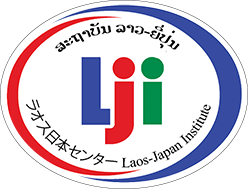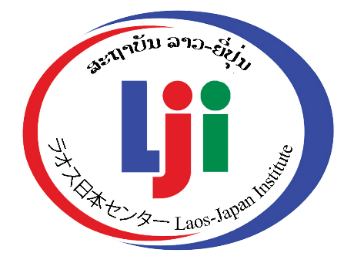 LJI Business Management Journal
LJI Business Management Journal
Volume. 8, Published on July 2017, Page 9
A Study on Public-Private Partnership in bridging skill supply and demand in the automotive industries in Lao PDR
Maniphet Chounlamany1 & Bounlouane Douangngeune2
Abstract
In light of the regional integration into the ASEAN Economic Community, upgrading the competitiveness of Lao PDR’s private sector is essential. Close cooperation and coordination between businesses and vocational training institutes become indispensable, in order to match vocational education with labor market requirements. The aim of this study is to investigate the public-private partnerships (PPPs) arrangement in order to gain a more in-depth understanding of the concrete level of PPPs schools and businesses have been in collaboration in the form of Dual-Cooperative Training (DCT). The study additionally examines graduates’ opinions towards vocational education training received if it provides skills and knowledge required in their actual job. The assessment on acquiring the employers’ perceptions of the job performance of school graduates in the workplace if they perform well and their skills and knowledge meet the employer’s requirements is also conducted in the study.
As a result of the study, the findings not only provide comprehensive information contributing to a greater understanding of the concrete level of PPPs Lao-German Technical College (LGTC) and companies have been in collaboration in the form of DCT, but also offer useful insights into the situation of PPPs in TVET is to date and how is the effectiveness of PPPs contribution to bridging the gap of skill mismatch. From the findings, partnership with companies and DCT activities designed and organized in accordance with the special interests of TVET institutions, companies, and students becomes more and more attractive. Students see the importance of vocational training for their jobs and they are also satisfied by their employers. As a result, it confirms that the DCT model implemented by LGTC and companies is mutually beneficial for all stakeholders e.g. government, schools, students, and companies.
However, to date, little involvement of employers in vocational has been established. Hence, there is a need to raise awareness among the private sector for TVET–schools, since many companies have not heard about this concept yet. They, therefore, did not consider students from TVET-school for hiring.
As a result of a case study of LGTC, the lesson learned from them should be revealed to inform other private companies, vocations institutions, and students about the benefits of dual cooperative training in Laos.
2 Laos-japan Human Resource Development Institute, National University of Laos, Vientiane, Lao PDR
Cite this article as:
Maniphet Chounlamany & Bounlouane Douangngeune. (2017). A Study on Public-Private Partnership in bridging skill supply and demand in the automotive industries in Lao PDR. LJI Business Management Journal, 8, pp 9.



